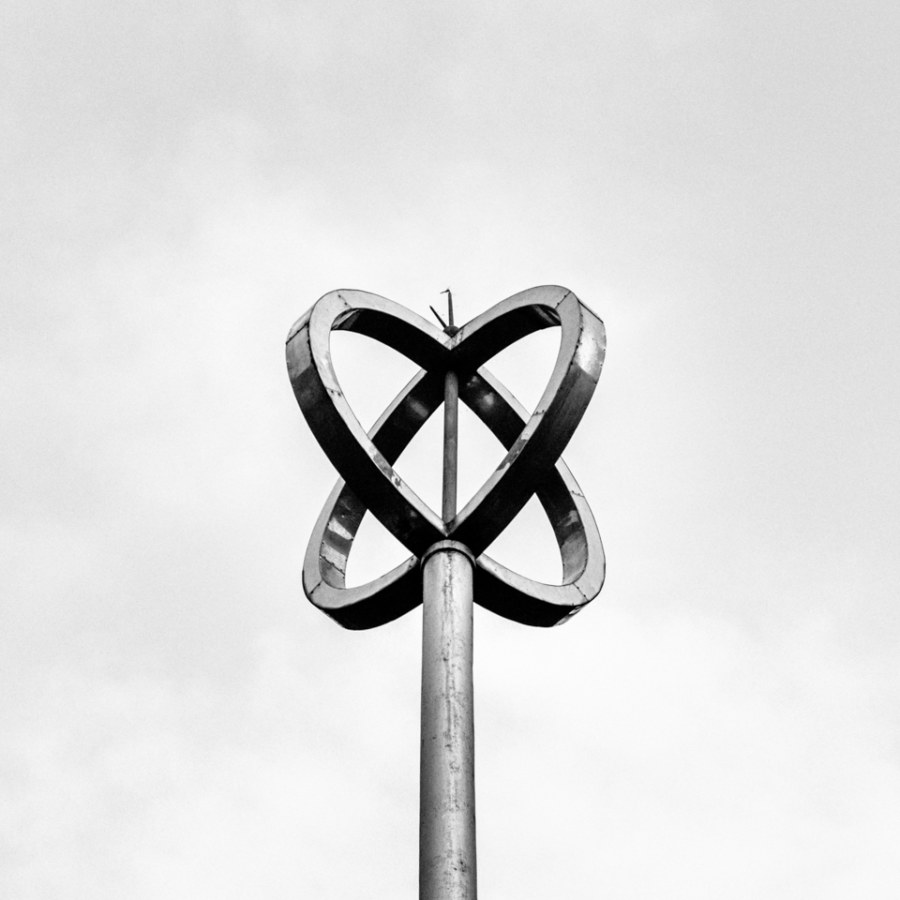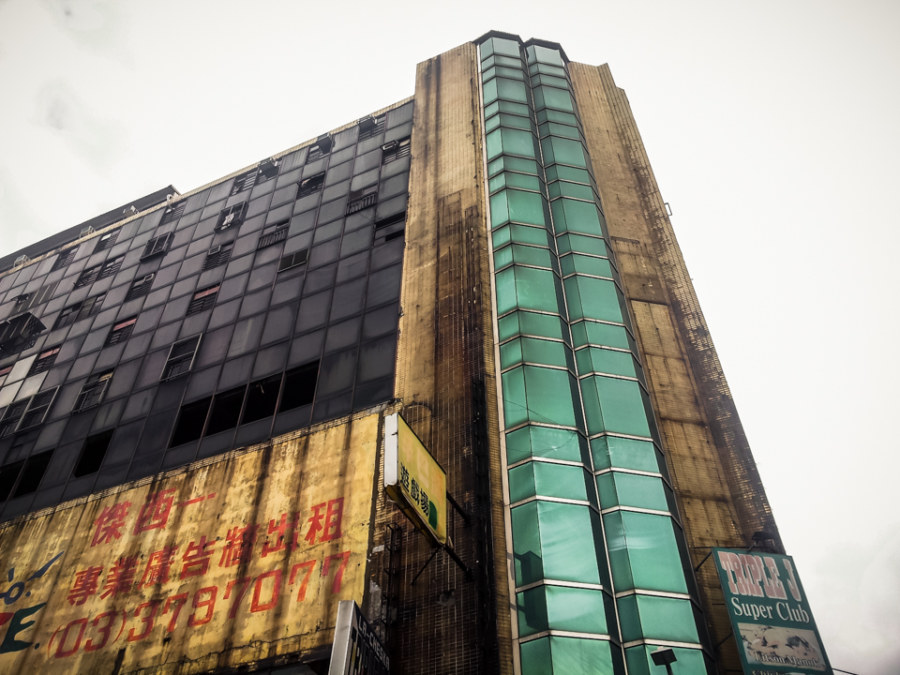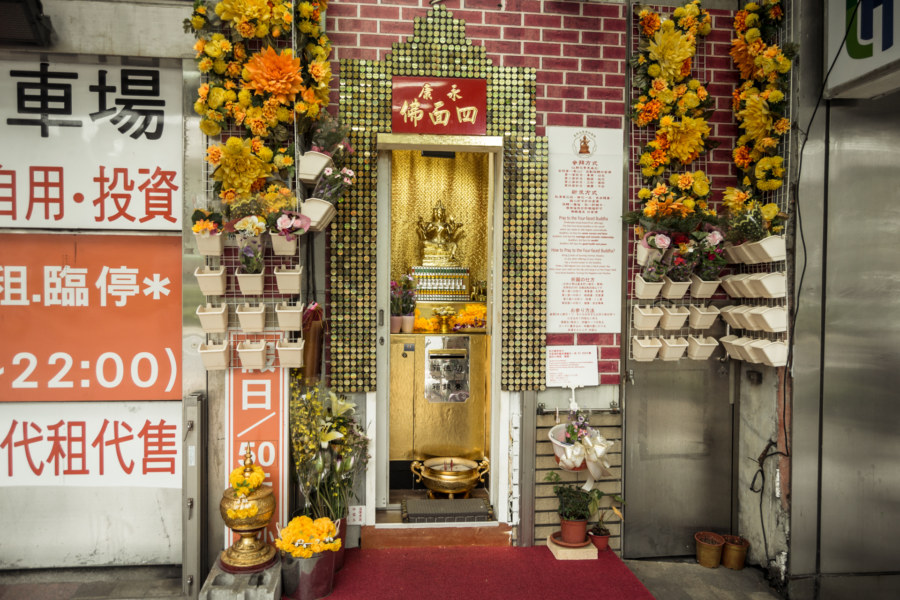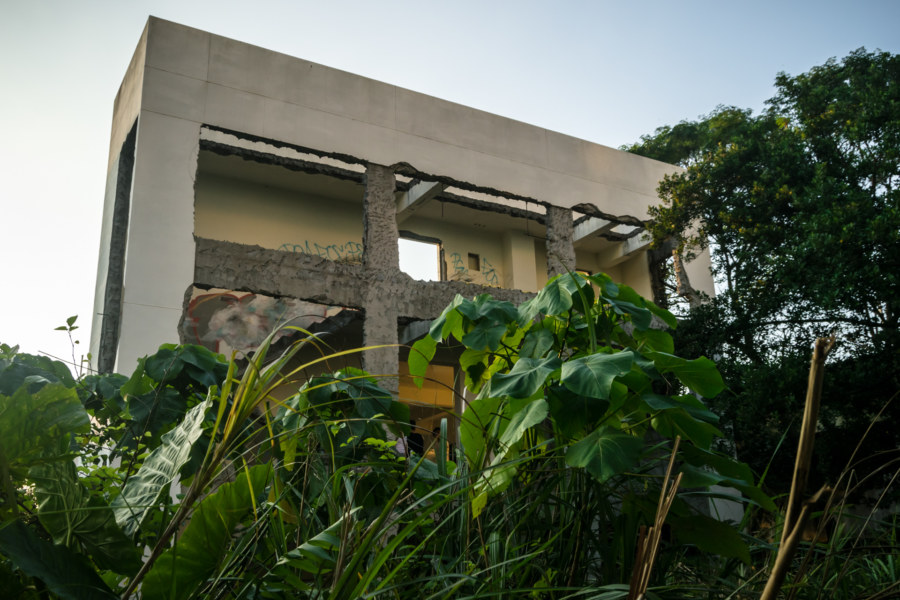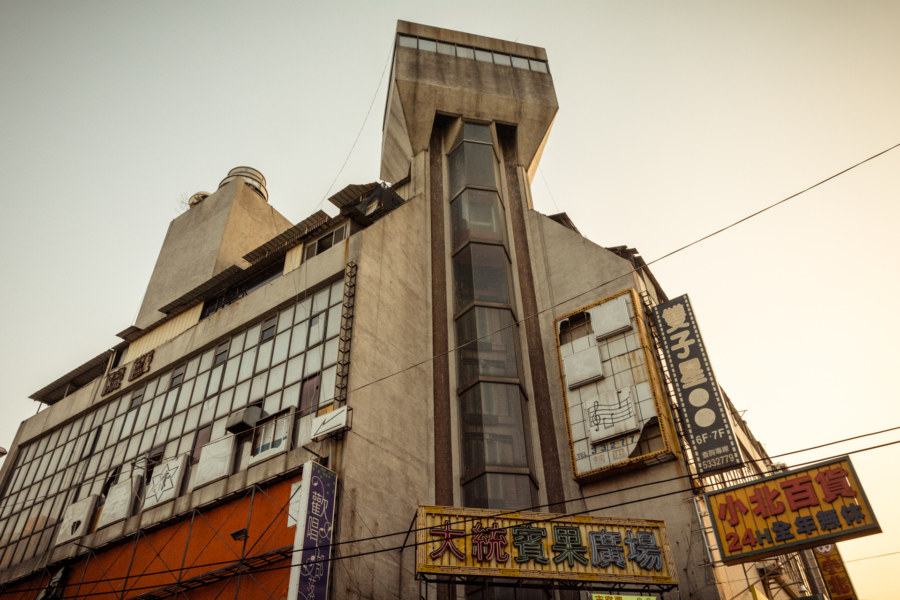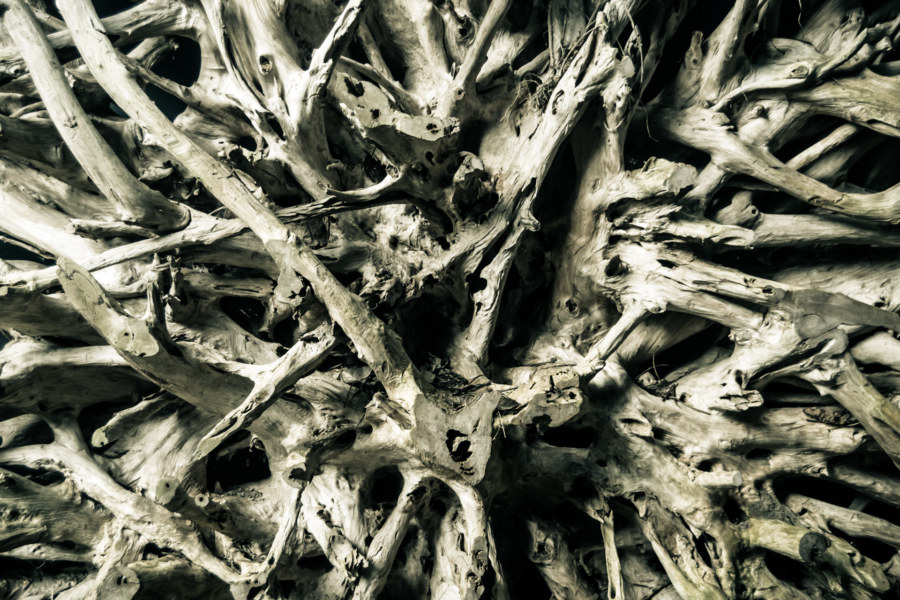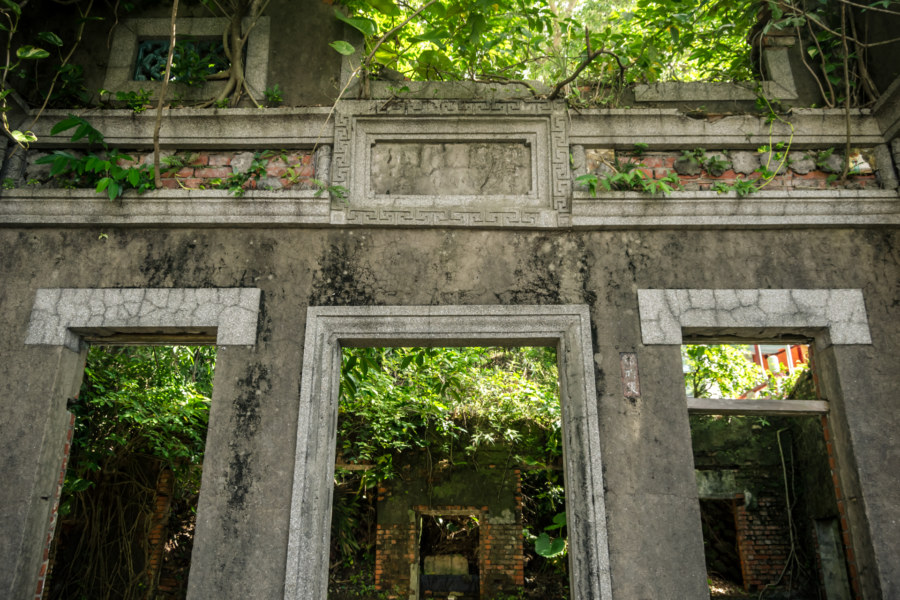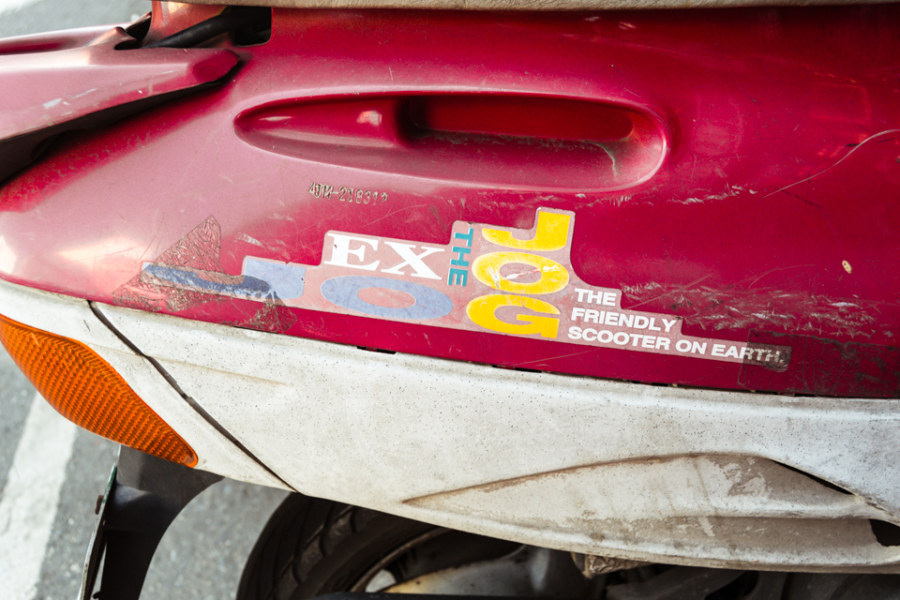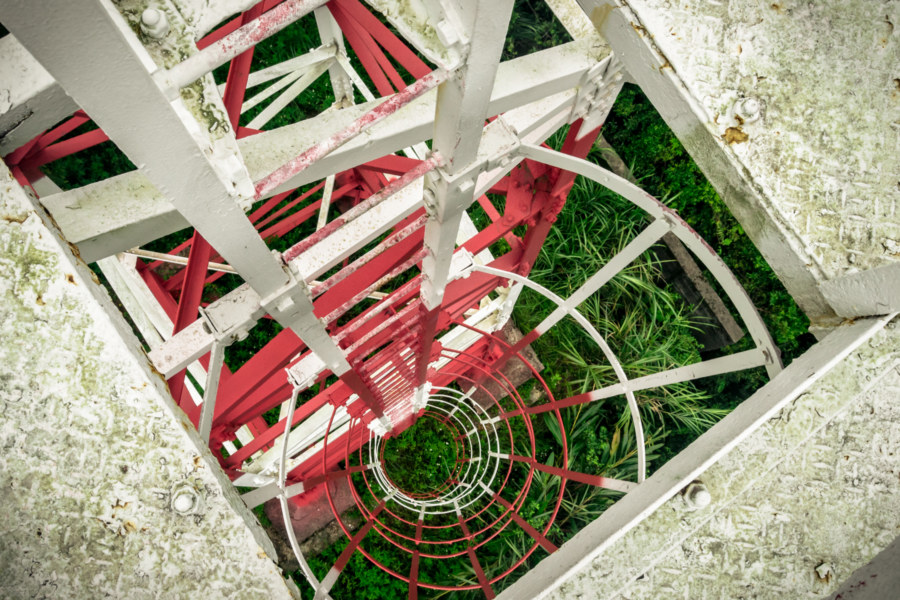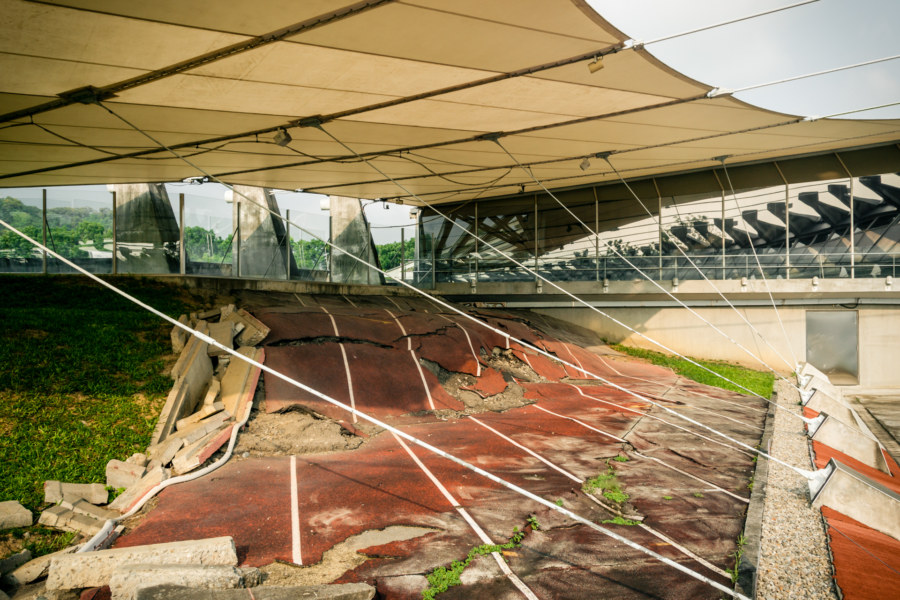The Geographic Center of Taiwan (台灣地理中心) is a modest roadside attraction at Hǔtóushān (虎頭山, literally “Tiger Head Mountain”) in Puli, Nantou, on the way to bigger attractions like Qingjing Farm (清境農場). As the name implies, it marks the geographic center of the island of Taiwan, albeit with a bit of a twist: there are actually two monuments here, one at the base of the mountain and another near the peak at 555 meters above sea level. It’s about a ten minute hike to get to the real center of Taiwan!
First Dispatch From Zhongli
Last week I moved from Taipei to Zhongli, a mid-sized city of approximately half a million1 about 45 minutes down the Western Line 西部幹線 in the heart of Taoyuan. I have been all around the island but haven’t explored much of what you might call the “middle north”, the strongly Hakka-influenced area stretching from the rugged borders of New Taipei south to Taichung that includes Taoyuan, Hsinchu, and Miaoli. Perhaps by staying here awhile I will find opportunities to explore more of this part of Taiwan and fill in some blank spots on my personal map.
The Four-Faced Buddha of Yongkang Street 永康街四面佛
The Four-Faced Buddha of Yongkang Street 永康街四面佛 is one of the smallest shrines I have ever seen in Taiwan. It occupies a tiny alcove next to an underground parking garage on Xinyi Road 信義路 east of Dongmen Station 東門站 exit 5 and the original Din Tai Fung 鼎泰豊. This alcove might have been a parking attendants’ booth prior to automating the entire system, although this is not explicitly stated in the material I have reviewed. From what I gather this shrine is the work of a local papaya milk vendor by the name of Mr. Lin. Despite its diminutive size—half a square meter according to some reports—the cost of rent is in excess of 10,000 NT per month!
Hongshulin Whiteloft 紅樹林白厝
Yesterday I seized an opportunity to combine two of my passions, the exploration of abandoned places and appreciation of underground electronic music, at a one-off techno party titled The Whiteloft (白厝). From the event description:
The Whiteloft was originally an abandoned villa where only wild dogs go to sleep. Buried deep in silver grass, just alongside the Golden Waterfront of Hongshulin, Taipei, the building hovers the Interzone between metropolis and mangrove jungle. Humdrum pedestrians seem oblivious of this colossal fortress: its skeleton rusted and exposed, leftover building materials strewn astray. Despite its shroud of mangrove leaves, the building appears raw and naked. We tried to find historical records about this building, but found nothing but total blankness, hence the name The Whiteloft.
Douliumen Building 斗六門大樓
While living down in Changhua City last winter I made occasional forays up and down the TRA Western Line 西部幹線 to scope out places not commonly written about in English. One such place is Douliu, the administrative seat of Yunlin, which hardly earns more than a passing mention in the English language blogosphere. It was a worthwhile trip too—apart from the famous Tàipíng Old Street 太平老街 and the surprisingly large and lively Douliu Night Market 斗六夜市 I also chanced upon another abandoned entertainment complex, the Dòuliùmén Building 斗六門大樓, named after an archaic term for the city dating back to the 17th century. This building was also once home to the Shuāngzǐxīng or Gemini Theater 雙子星戲院.
In the Realm of Primitive Senses
Sunday afternoon in the mountains of Shilin, not far from Yangmingshan, about 200 people gathered for The Forester’s Party (牧神的遊戲) at Siu Siu (少少原始感覺研究室), a lab of primitive senses built on a steep south-facing slope. The aesthetics of the space: slate grey walls, wooden planks underfoot on the dance floor, a round black mesh canopy overhead screening the forest without impeding the flow of fresh mountain air. Clean, modern, minimal, but also rustic—an exceedingly comfortable combination of form and function. The finest in dub techno wafting out of the speakers, one particular song selected by Al Burro capturing the mood of the afternoon with perfect ease, Nthng’s 1996.…
Khoo Tsu-song Old House 許梓桑古厝
Khóo Tsú-song Old House 許梓桑古厝 is a scenic historic site atop a modest hill near Miaokou Night Market 廟口夜市 in Keelung. Built in 1931 while Taiwan was under Japanese rule, it is structured somewhat like a traditional Taiwanese three-sided courtyard home with some Western influences and building materials. Formally named Qìngyú Hall 慶餘堂, it was the residence of Khóo Tsú-song (1874–1945), an important figure in local politics and civic affairs during the Japanese colonial era. His name is rendered here in romanized Taiwanese Hokkien, in keeping with the conventions adopted by the Keelung cultural bureau.
Taiwanese Scooter Stickers 1
Taiwan is absolutely mad for scooters, a consequence of high population density, tightly cramped streets, and the expense and inconvenience of driving a car. Everywhere you go you’ll find streets lined with parked scooters and filled with scooterists going about their business. In can all seem like absolute chaos to outsiders—but there is a method to the madness, and the convenience factor regularly seduces skeptics, particularly when living outside of Taipei or beyond the reach of public transportation.
Asia Cement Aerial Tramway 亞泥空中纜車
Yesterday I went out with a friend to explore several abandoned and neglected sites in Hsinchu, Taiwan. Our first stop was one of many mothballed cable car 空中纜車 towers in Guanxi connecting a stone quarry near Yùshān Village 玉山里 (formerly known as Chìkēshān 赤柯山) with a cement plant next to Jiǔzàntóu Station 九讚頭車站 in Hengshan. There seems to be no general agreement about the formal name for the system so I’m picking one of many options and dubbing this the Asia Cement Aerial Tramway 亞泥空中纜車 for the sake of simplicity.
921 Earthquake Museum 九二一地震教育園區
Deep in the night on September 21st, 1999, the devastating 921 Earthquake ripped through central Taiwan. Thousands were killed, hundreds of buildings collapsed, and entire towns were leveled to the ground, particularly in Nantou and Taichung. Nowadays there are many reminders and memorials to the disaster scattered across the region, among them the 921 Earthquake Museum 九二一地震教育園區 (Chinese version; official site) in Wufeng, which I visited in June 2014.
